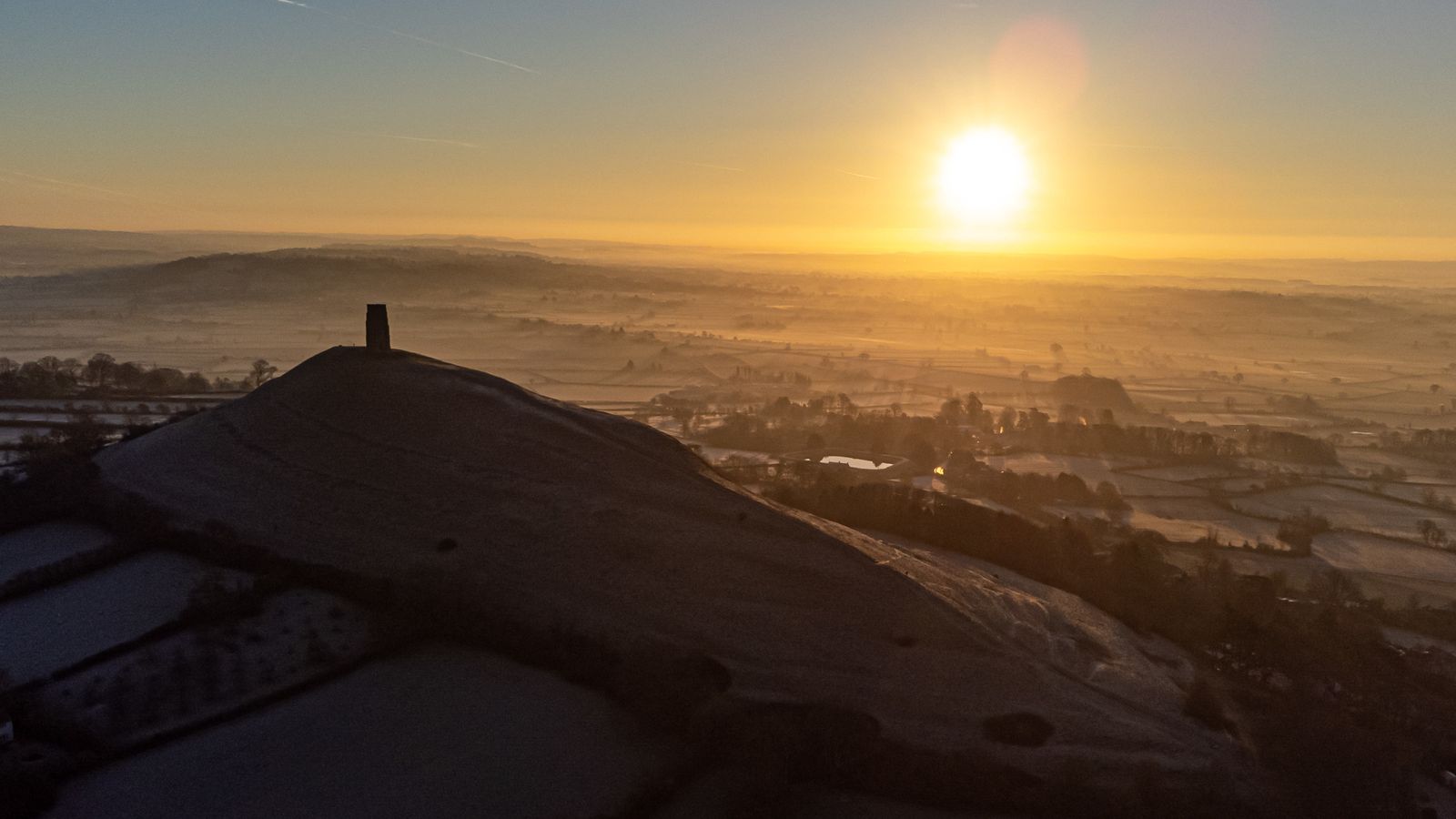England has had its driest February in 30 years prompting a warning of the potential for a drought.
The nation saw its eighth driest second month since 1836 with an average of just 15.3mm of rainfall.
The south and east of England faced particularly dry conditions.
Essex was the most affected county with only 3.5mm of rain, 8% of the UK average, with Bedfordshire and Greater London also unseasonably dry.
England is one hot dry spell away from widespread drought conditions, according to the National Drought Group which issued the warning.
Its chair John Leyland said: “While most water levels have returned to normal across much of the country, low rainfall in recent weeks highlights the importance of remaining vigilant.
“We cannot rely on the weather alone, which is why the Environment Agency, water companies and our partners are taking action to ensure water resources are in the best possible position both for the summer and for future droughts.”
UK weather: Met Office says snow could be on the way as cold air over Greenland risks bringing wintry conditions
Storm Otto: Met Office warns of 75mph winds as first named storm of the year hits UK
UK weather: Sudden stratospheric warming event ‘now likely’ – what is it and what does it mean?
Certain agricultural areas are already under drought status including East Anglia, Devon and Cornwall.
And it comes just three months after Thames Water, which supplies 15 million people across London and the Thames Valley, lifted a hosepipe ban it imposed in the summer due to November’s above-average rainfall. London was just one of several areas which had to limit water supplies to its customers.
Overall in February, the UK saw less than half its average rainfall for the month with 43.4mm falling, which is 45% of the typical amount.
As a region, only Scotland experienced more than that with 69% of average rain falling. Wales and Northern Ireland also suffered dry spells – seeing 22% and 34% of the average respectively.
February was also the fifth mildest on record in a series that goes back to 1884.
Explaining the conditions, the Met Office’s Dr Mark McCarthy said: “The second half of January was largely dry and that theme continued through February with high pressure centred over the UK for much of the month, helping to repel advancing fronts and keep low-pressure systems away.”
This resulted in a long winter dry spell, he said.
Read more:
Met Office says snow could be on the way as cold air over Greenland risks bringing wintry conditions
Mallorca hit by heavy snow as Storm Juliette hits Spain
Be the first to get Breaking News
Install the Sky News app for free
Dr McCarthy added: “That high pressure has principally, but not exclusively, been focused around the southern half of the UK, meaning southern England has been particularly dry, with just 9.7mm of rain falling here, which is just 16% of its average.”
The lack of rain followed January storms which saw flooding in southwest England, bringing rainfall figures to about average by the end of the month, according to the Met Office.
Please use Chrome browser for a more accessible video player
Temperatures fluctuated over the winter dropping to a biting -17.3C (0.8F) in Braemar, Aberdeenshire in mid-December, contrasting with a high of 17.2C (70F) in Pershore, Worcestershire in mid-February.






















